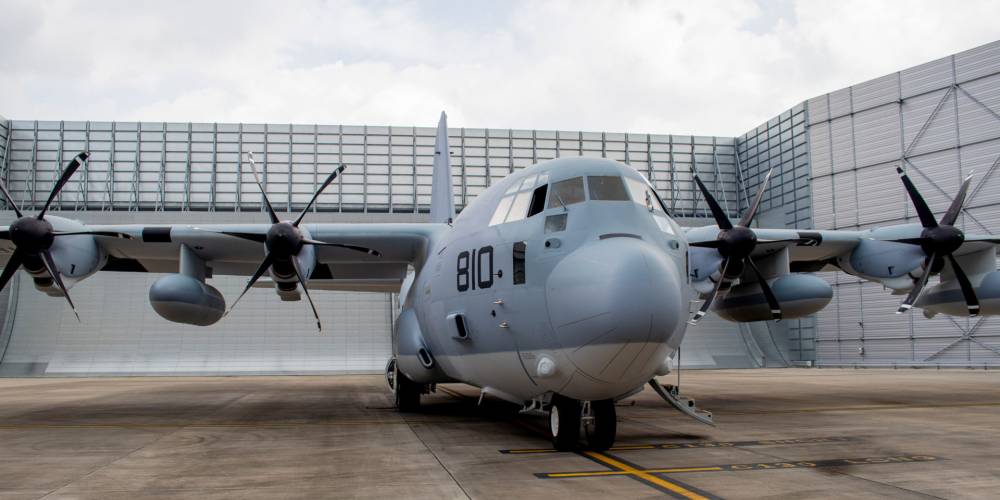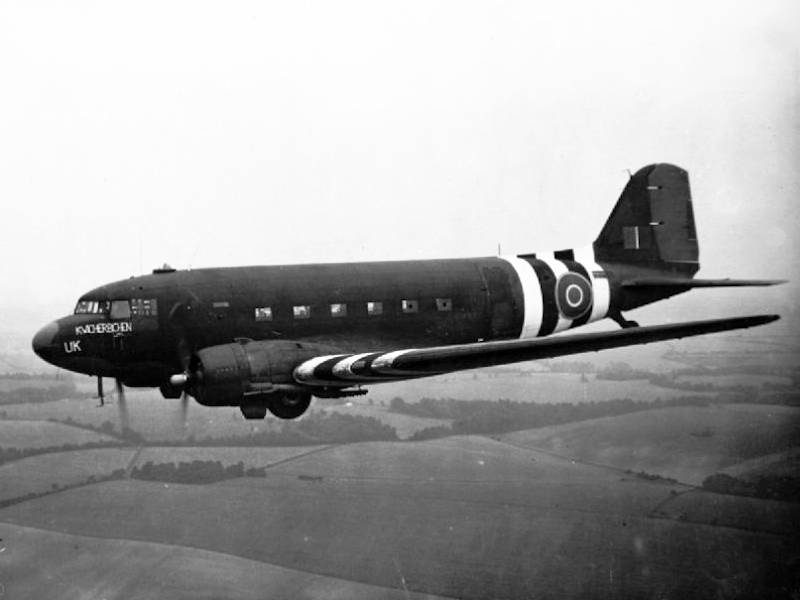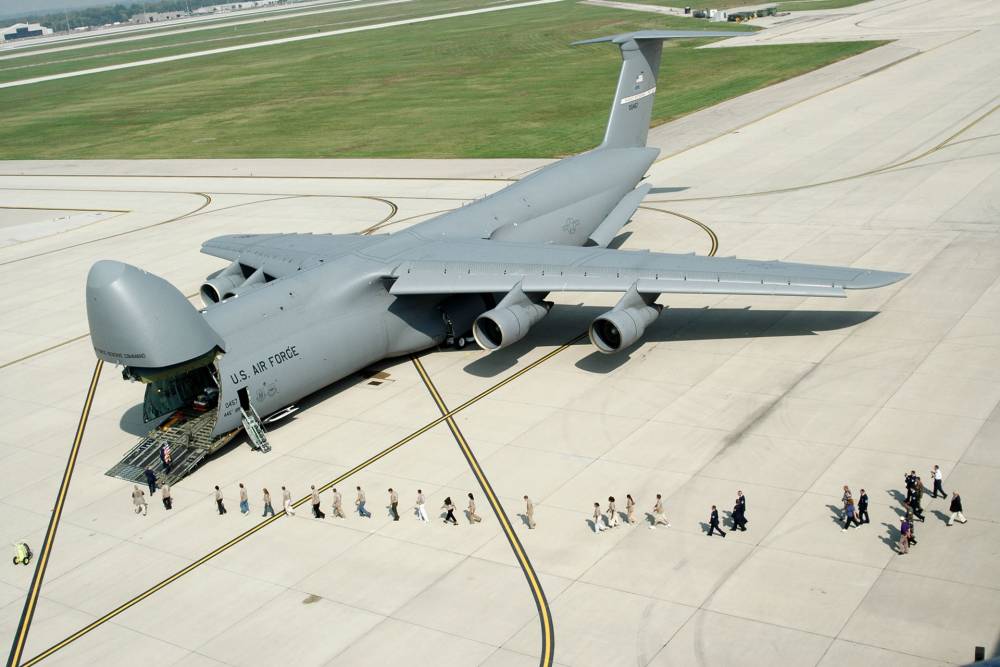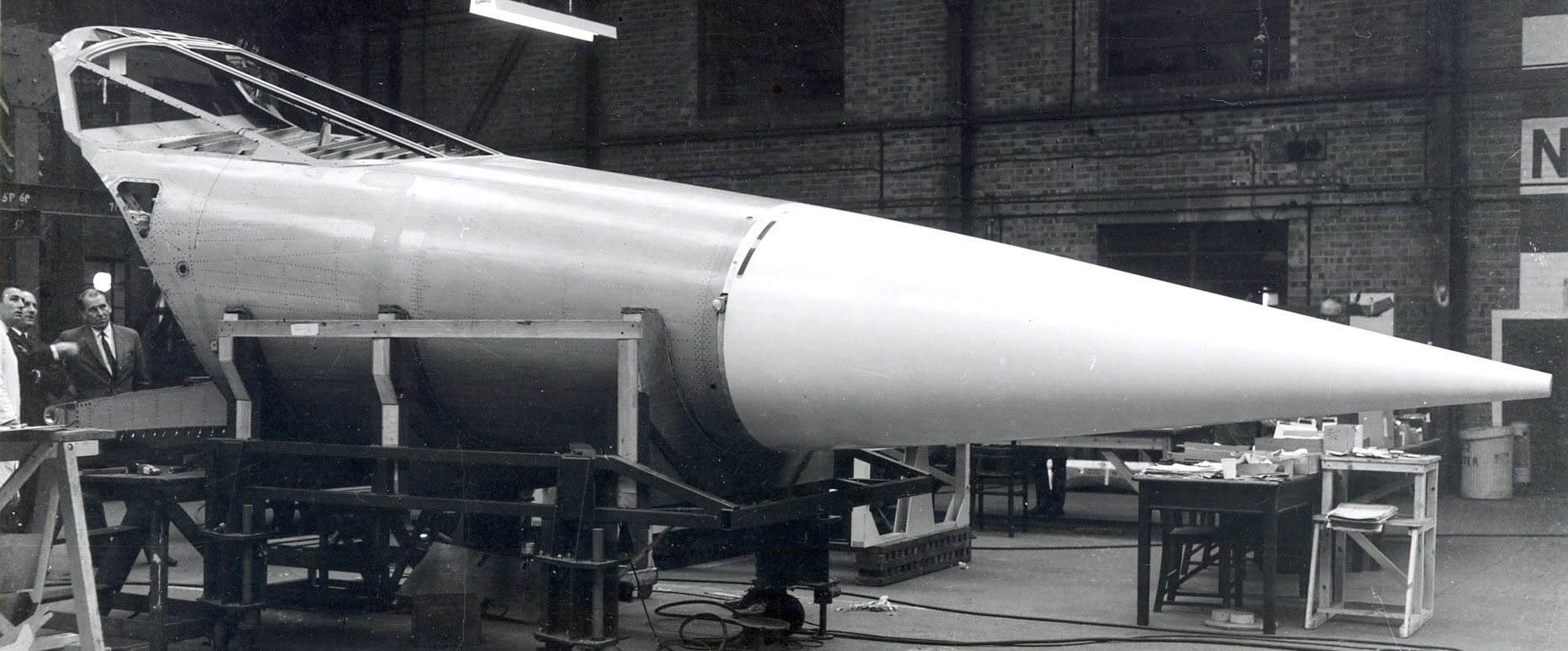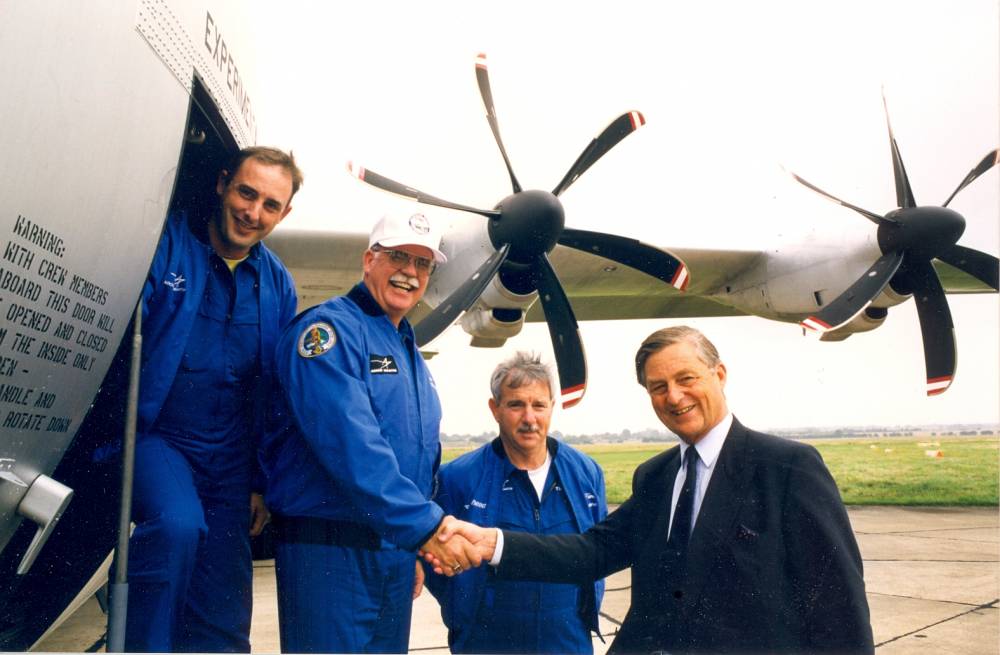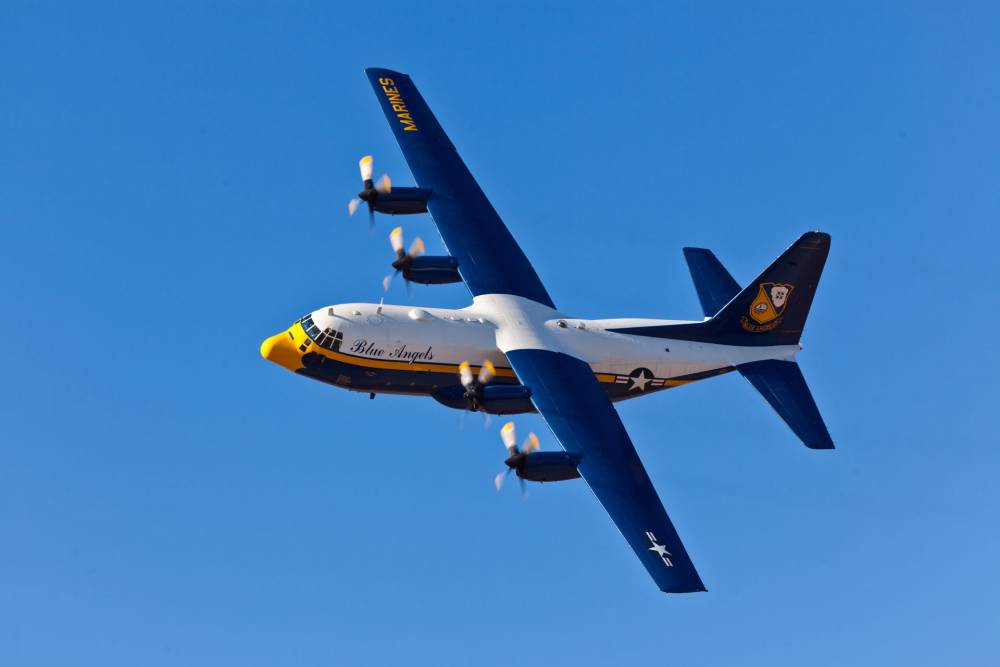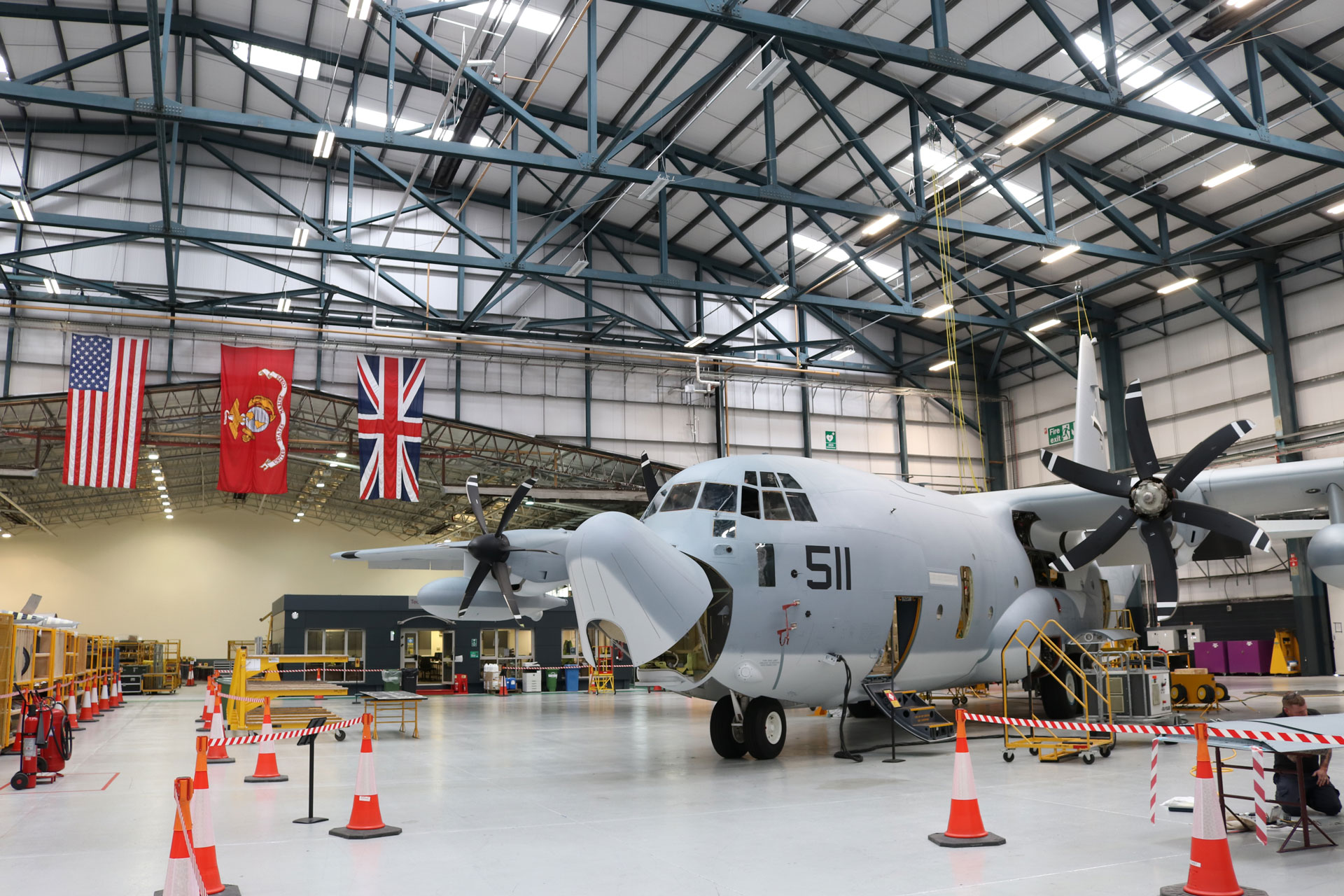more 2000s-2010s highlights...
2000 Boeing 747
Contract to design and manufacture auxiliary fuel tanks for the Longer Range 747-400ER.
2000 Lockheed Martin C-130
Marshall hands over the first of 25 C-130J aircraft to the Royal Air Force after preparation for entry into service.
2001 Lockheed Martin
Marshall receives a contract to produce 37 high-spec screened deployable container systems for Lockheed Martin in partnership with Michigan-based AAR Cadillac Manufacturing.
2002 Boeing 777
Major modifications for Alitalia to install crew rest facilities on six new aircraft prior to delivery
2002 Lockheed Martin L-1011 TriStar
Major overhaul contract awarded to provide an all-component repair and overhaul support service for the Royal Air Force’s fleet of nine TriStar aircraft for up to 10 years.
2004 Lockheed Martin L-1011 TriStar
Appointed prime contractor by the U.K. Ministry of Defence to fit a new defensive countermeasures system to the TriStar C Mk 23 aircraft.
2004 Boeing 767
Designed auxiliary fuel tank for the Boeing KC-767 tanker for the United States.
2004 Boeing C-17 Globemaster
Contract with Boeing to provide support for the Royal Air Force’s fleet of four C-17 Globemaster III aircraft.
2005 Boeing P-8 Poseidon
Initial contract awarded by Boeing to design and produce auxiliary fuselage fuel tanks for the P-8 Poseidon.
2006 Lockheed L1011 TriStar
Signed a £22M contract to provide avionics replacement and new flight management systems in the Royal Air Force’s fleet of Lockheed TriStar aircraft.
2006 Boeing 777
Designed and manufactured lightweight fuel tanks fitted to a Boeing 777-200LR, enabling it to fly eastwards from Hong Kong to London; the longest flight ever made by a commercial aeroplane.
2008 Lockheed L1011 TriStar
Awarded the £97M TriStar Operational Support Contract (TRIOS) from the U.K. Ministry of Defence to sustain the Royal Air Force’s TriStar fleet until 2015.
2009 Boeing 747
Selected by Lufthansa to carry out interior configuration work on seven of their 747-400 aircraft.
2009 Lockheed Martin C-130
Awarded a contract by Lockheed Martin for the production of Aerial Refuelling Probe Installation (ARPIS) modification kits.
2012 Lockheed Martin C-130
Signed an agreement with Lockheed Martin in July to become the world’s first commercial company to install C-130 Centre Wing Boxes, extending the service life of many C-130 aircraft around the world.
2012 Boeing P-8 Poseidon
Delivery of 100th P-8 auxiliary fuel tank to Boeing.
2013 United States FAA
US Federal Aviation Administration (FAA) awards Marshall its first Supplemental Type Certificate (STC), giving regulatory approval for a major modification on Airbus A340 aircraft.
2017 Boeing P-8 Poseidon
Delivery of 500th auxiliary fuel tank; Boeing Performance Excellence Award.
